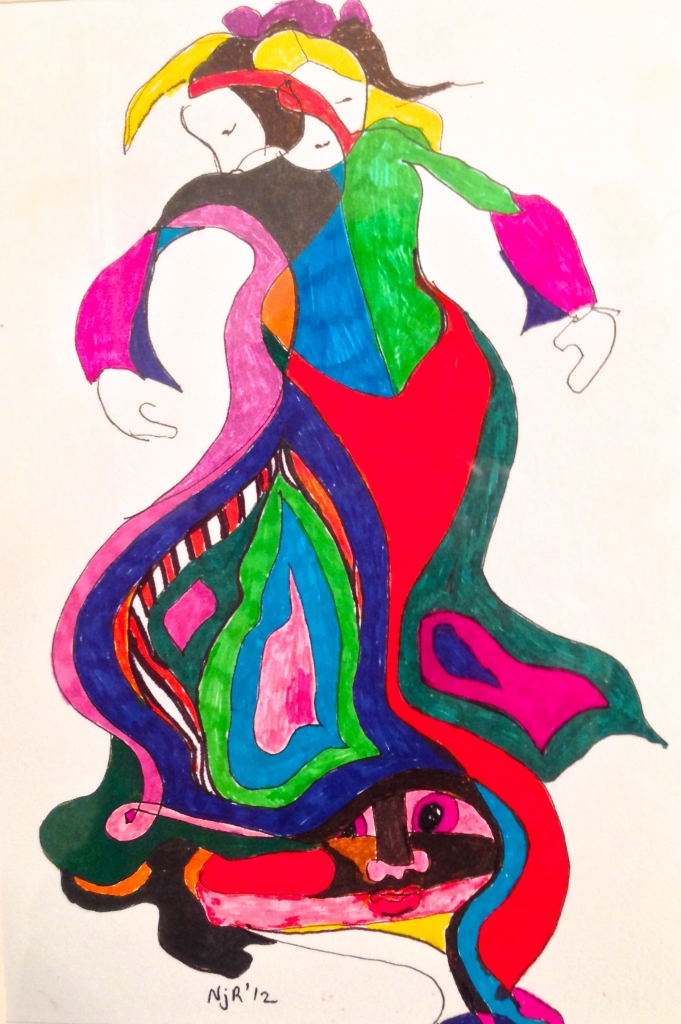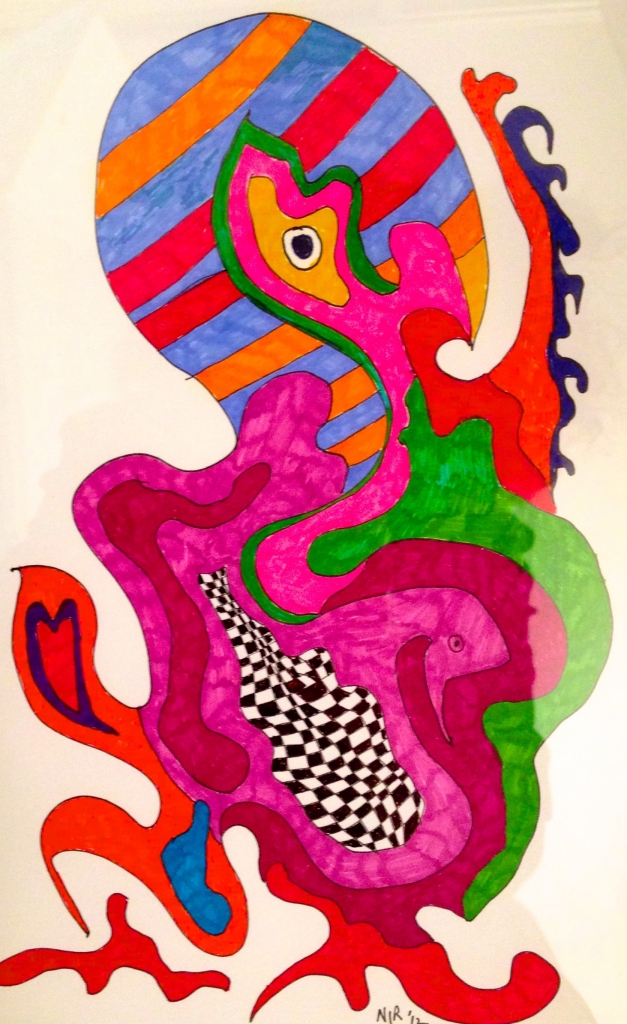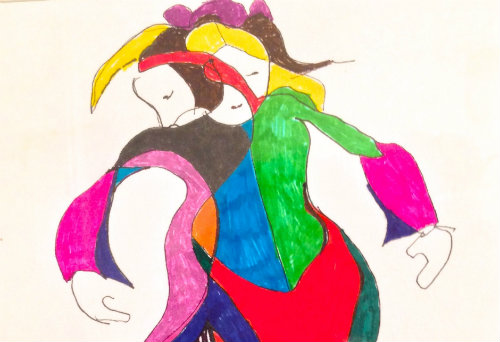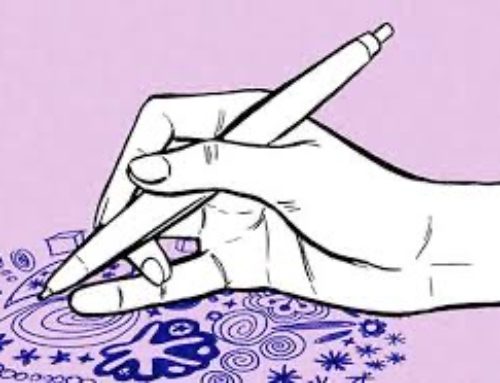“Art can turn a wound into to light.”
~George Braque

Rachel Naomi Remen, MD, describes why imagery helps us find the truth. She describes imagery as the language of the unconscious and a way in which the unconscious parts of us are able to speak. If you are undertaking an inner voyage of healing, you must learn to use the language of dreams, poetry, art, religion and myth, to seek and understand your personal truth.
How does art heal? Scientific studies tell us that art heals by changing a person’s physiology and attitude. The body’s physiology changes from one of stress to one of deep relaxation, from one of fear to one of creativity and inspiration. Art and music put a person in a different brain wave pattern, affecting a person’s autonomic nervous system, their hormonal balance and their brain neurotransmitters.
The creative process itself is healing. It has a way of energizing, nurturing, teaching and mirroring our true selves. Most people find that the process of creating art is soothing and facilitates expression of thoughts and feelings not expressible in words. The creative process goes beyond pain and anguish and taps into one’s inner spirit.
Pictures can speak a thousand words, particularly, when you’re struggling to handle stress or overcome life’s difficulties.
Conflicts arising between our emotions and our physical reality can cause stress. The images produced through art have the ability to resolve these conflicts on a metaphorical level. Research has shown that we think and process our experiences, feelings and emotions as images first…and words second. While our verbal memories are held in the left side of the brain, our imagistic associations of all the emotions we’ve experienced are stored in the right side of the brain. Imagery rather than words provide the most direct route to get in touch with painful emotions and then to release the images of these feelings and emotions through art.
When we drew as children, we never worried about making mistakes—we took risks, trusted ourselves and had fun in the process. But as we become adults, anxiety steps in: “Am I doing this right?” “What is expected of me?” The fear of making a mistake hinders us from being as creative as we could be.
Some thoughts to calm your” inner critic” might be:
- I am me and there is no one else who is me. No one else can create what I can create.
- Having courage doesn’t mean you’re not afraid. Having courage is taking action in spite of being afraid.
- Your imperfections are part of who you are and part of what makes you beautiful. Be proud of being you, even with all your flaws and failures.
- If you fail, so what! If you create art for the world, you will never be satisfied. Create art for yourself.
Benefits of creating include:
- relaxation and stress reduction
- expression to connect with feelings
- using the imagination to transform pain
- processing grief and trauma
- a focus to provide a sense of purpose
- documenting our experience
“Art is our one true global language. It knows no nation, it favors no race, and it acknowledges no class. It speaks to our need to reveal, heal, and transform. It transcends our ordinary lives and lets us imagine what is possible.”
~Richard Kamler



